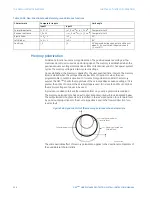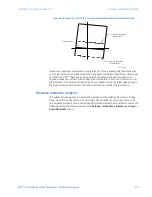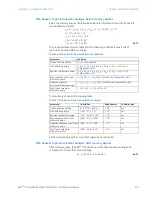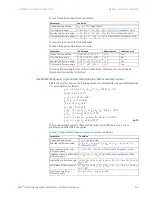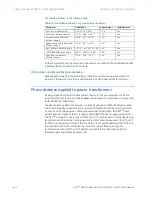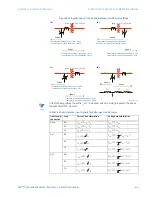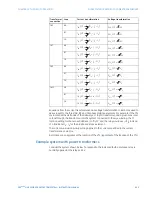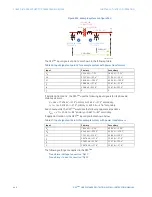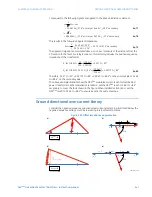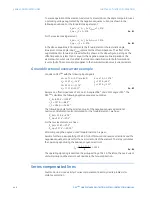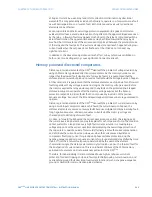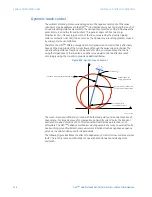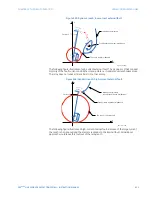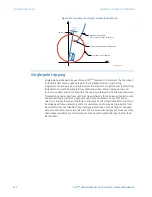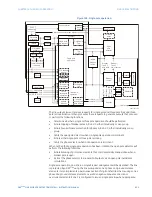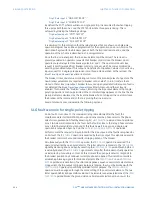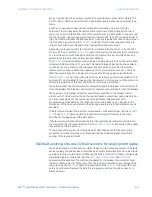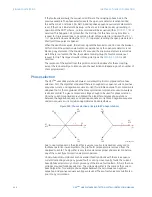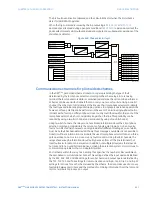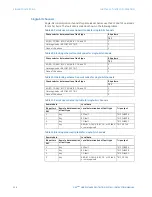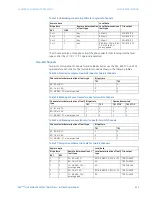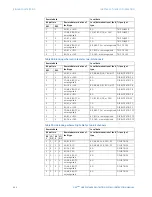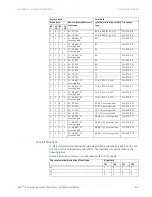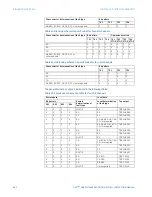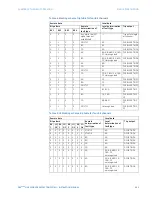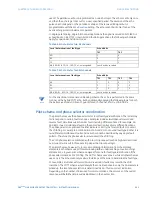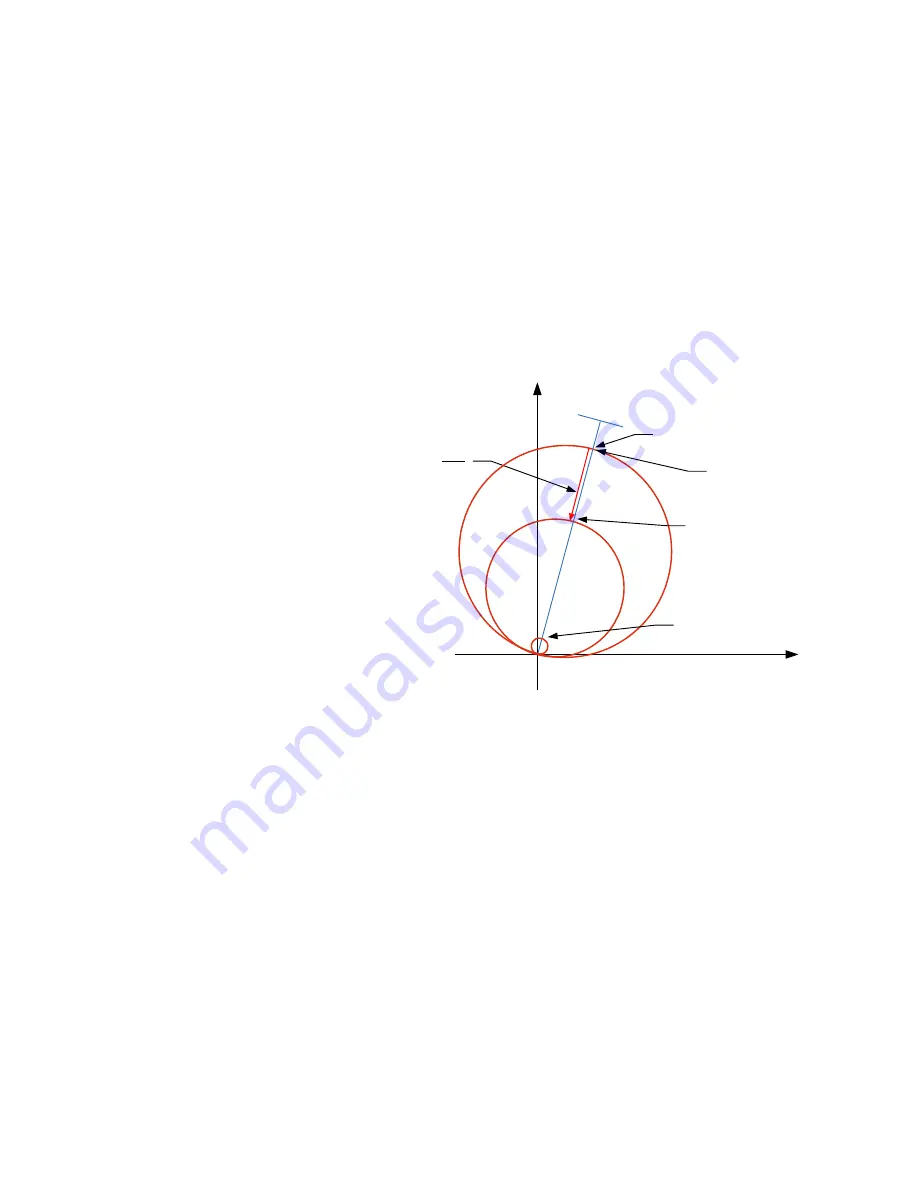
650
D90
PLUS
LINE DISTANCE PROTECTION SYSTEM – INSTRUCTION MANUAL
SERIES COMPENSATED LINES
CHAPTER 15: THEORY OF OPERATION
Dynamic reach control
The problem of steady-state overreaching due to the negative reactance of the series
capacitors may be addressed in the D90
Plus
in a traditional way by shortening the reach of
an underreaching distance elements to the net inductive reactance of the line between the
potential source and the far end busbars. This generic approach has two major
drawbacks. First, it leaves large portion of the line uncovered by the directly tripping
distance protection. Second, it does not solve the transient overreaching problem caused
by sub-synchronous oscillations.
Therefore, the D90
Plus
offers a unique option for dynamic reach control that is effectively
based on the magnitude of the current flowing through the series capacitor banks. The
underreaching distance functions can be set as for plain uncompensated line; that is,
using the impedance of the line alone, and the relay would control an effective reach
accordingly using the current magnitude as illustrated below.
Figure 554: Dynamic reach control
The reach is reduced sufficiently to cope with both steady-state and transient overreach
phenomena. For large degrees of compensation and small-current faults, the transient
overreach may be as high as 100%. This means that fast distance protection is not
achievable. The D90
Plus
adaptive mechanism would guarantee security on external faults.
Overreaching ground fault directional overcurrent functions (such as negative-sequence,
ground or neutral) shall be used for dependability.
The following figure illustrates the effect of adaptive reach control for low-current external
fault. The reach is reduced sufficiently to cope with both transient and steady-state
overreach.
$&'5
5
;
7KHUHDFKLVG\QDPLFDOO\UHGXFHGE\
9
/
DEV
,
)DUHQG
EXVEDU
6HWUHDFK
=
5
$FWXDOUHDFKIRU
YHU\KLJKFXUUHQWV
$FWXDOUHDFKLVDIXQFWLRQ
RIWKHFXUUHQWPDJQLWXGH
$FWXDOUHDFKIRU
YHU\VPDOOFXUUHQWV

